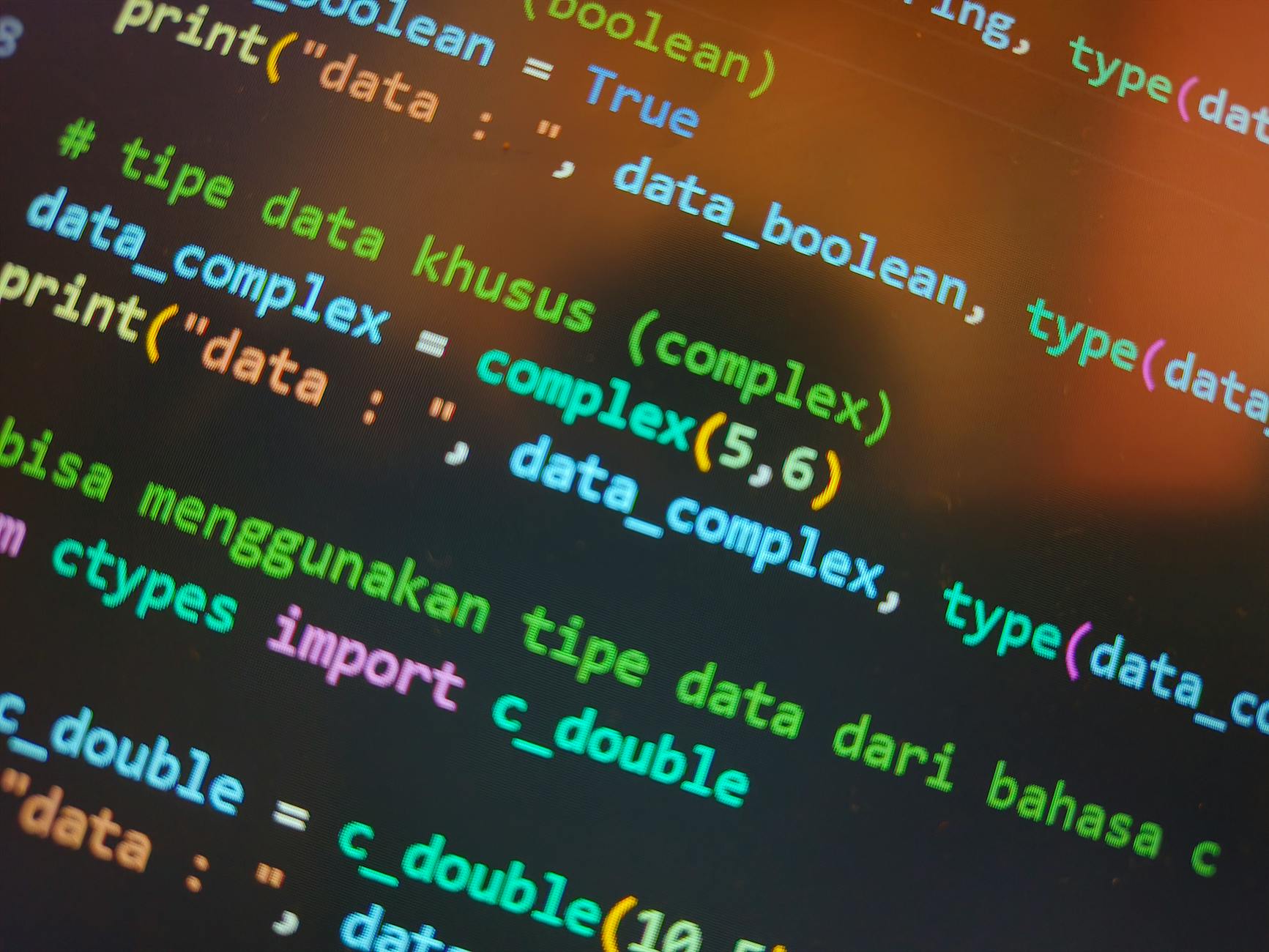Binary cross-entropy is a fundamental concept in machine learning, particularly for binary classification problems. It serves as a loss function or cost function to measure the difference between predicted probabilities and true labels. In this comprehensive guide, we’ll delve into the world of binary cross-entropy (BCE), exploring its mathematical formulation, interpretability, and practical applications. We’ll also provide hands-on examples using Python and popular libraries like NumPy and SciKit-learn.
Table of Contents
- Introduction to Binary Cross-Entropy
- Mathematical Formulation
- Interpreting Binary Cross-Entropy
- Binary Cross-Entropy and Probabilities
- Binary Cross-Entropy vs. Squared Error Loss
- Binary Cross-Entropy in Datasets
- Implementing Binary Cross-Entropy from Scratch
- Using SciKit-learn’s Log Loss
- Visualizing Binary Cross-Entropy
1. Introduction to Binary Cross-Entropy
Binary cross-entropy is a loss function used primarily for binary classification problems, where the true labels are either 0 or 1. It measures how well predicted probabilities match the actual labels.
Given:
- True label: y ∈ {0, 1}
- Predicted probability: p ∈ (0, 1)
The binary cross-entropy loss for a single data point is defined as:
L(y, p) = -[y * log(p) + (1 – y) * log(1 – p)]
For multiple data points, the total loss is the sum of individual losses:
L = -∑[y * log(p) + (1 – y) * log(1 – p)]
In practice, the natural logarithm (log) is used.
3. Interpreting Binary Cross-Entropy
Binary cross-entropy can be interpreted as the expectation of negative log-likelihood. Here’s a breakdown:
- log(p) and log(1-p): These terms represent the negative log-likelihood of the true label given the predicted probability. If p is close to y, these terms are small; otherwise, they’re large.
- y * log(p): This term corresponds to the “success” case where the prediction matches the true label.
- (1 – y) * log(1 – p): This term corresponds to the “failure” case where the prediction doesn’t match the true label.
4. Binary Cross-Entropy and Probabilities
Binary cross-entropy is sensitive to the probabilities themselves, not just their order. This means that improving predictions from incorrect (e.g., [0.1, 0.9]) to almost correct (e.g., [0.3, 0.7])) will decrease the loss significantly.
5. Binary Cross-Entropy vs. Squared Error Loss
- Squared Error Loss (SEL): SEL is sensitive to the order of predictions, not their actual probabilities. It treats all misclassified examples equally.
- Binary Cross-Entropy (BCE): BCE is sensitive to the probabilities themselves. It penalizes severe misclassifications more.
| True Label | SEL | BCE |
|---|---|---|
| 0, predicted as 1 (p=0.9) | 0.81 | 2.45 |
| 0, predicted as 1 (p=0.6) | 0.36 | 1.21 |
| 1, predicted as 0 (p=0.3) | 0.49 | 0.62 |
| 1, predicted as 0 (p=0.7) | 0.29 | 0.34 |
As shown in the table above, BCE penalizes severe misclassifications (e.g., predicting 1 with probability 0.9) more than SEL.
6. Binary Cross-Entropy in Datasets
Let’s consider a simple binary classification task using the Iris dataset. We’ll use only two classes: setosa (0) and versicolor (1).
from sklearn.datasets import load_iris
iris = load_iris()
X = iris.data[:, :2]
y = (iris.target == 'setosa').astype(int)
# Predicted probabilities from a hypothetical model
probs = np.array([0.7, 0.3, 0.6, 0.4])
7. Implementing Binary Cross-Entropy from Scratch
First, let’s implement binary cross-entropy in NumPy:
import numpy as np
def binary_cross_entropy(y_true, y_pred):
return -np.sum(y_true * np.log(y_pred) + (1 - y_true) * np.log(1 - y_pred))
# Test the function
loss = binary_cross_entropy(y, probs)
print("Binary Cross-Entropy Loss:", loss)
8. Using SciKit-learn’s Log Loss
SciKit-learn provides a log_loss function, which calculates the log loss (binary cross-entropy) given true labels and predicted probabilities.
from sklearn.metrics import log_loss
# Calculate log loss
loss = log_loss(y, probs)
print("Log Loss (Binary Cross-Entropy):", loss)
9. Visualizing Binary Cross-Entropy
To visualize binary cross-entropy, we can plot the loss against different levels of noise (randomness) in predicted probabilities.
import matplotlib.pyplot as plt
# Generate noisy predictions
noises = np.linspace(0, 1, 201)
predictions = probs + noises.reshape(-1, 1)
# Calculate binary cross-entropy losses
losses = [binary_cross_entropy(y, p) for p in predictions]
# Plot the losses
plt.plot(noises, losses)
plt.xlabel("Prediction Noise")
plt.ylabel("Binary Cross-Entropy Loss")
plt.title("Visualizing Binary Cross-Entropy")
plt.show()In this plot, increasing noise (randomness) in predictions increases the binary cross-entropy loss.
Conclusion
In this blog post, we’ve explored the concept of binary cross-entropy, a critical loss function in binary classification problems. We’ve delved into its mathematical formulation, interpretation, and practical applications using Python and popular libraries like NumPy and SciKit-learn. Understanding binary cross-entropy is vital for anyone working with machine learning models and optimization algorithms.
Resources






Leave a Reply